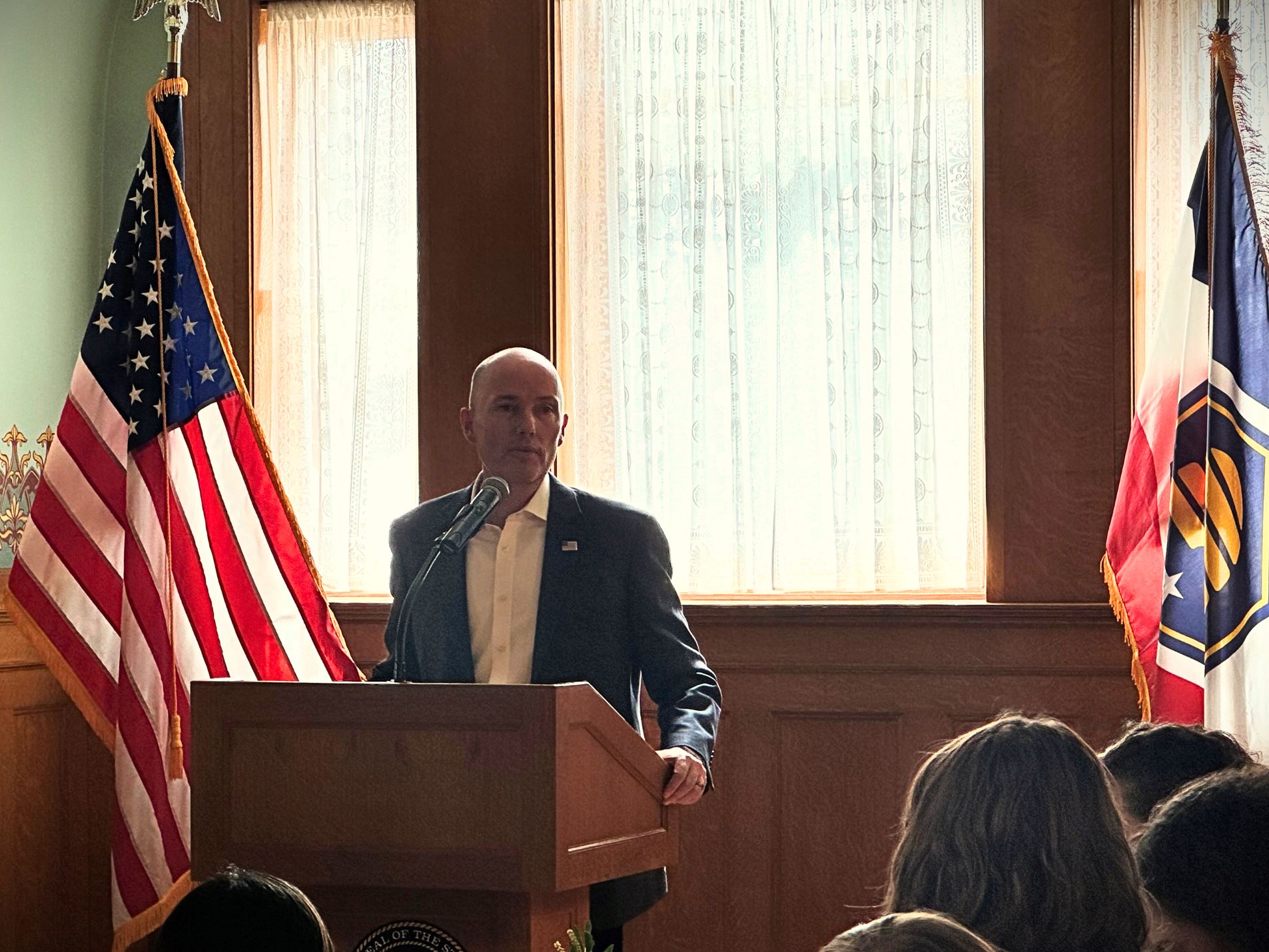The COVID-19 pandemic and resulting economic crisis have posed exceptional challenges for states. This brief summarizes the proactive economic recovery efforts a number of states are undertaking. They illustrate various planning processes and areas of focus, depending upon the priorities of the state, and suggest the breadth of scope in the work these states are undertaking to support a robust economic recovery and community revitalization.
Executive Summary
As Governors continue to focus on mitigating the COVID-19 pandemic and distributing vaccines, many are already asking key state policymakers and stakeholders to develop plans to achieve a robust and equitable recovery. This brief summarizes the leadership structures used to develop these plans, the processes they have followed, their areas of focus, and the key recommendations of seventeen state economic recovery agendas prepared in response to the pandemic and economic crisis of 2020-2021.
The states whose efforts are summarized here are: Alaska, Arkansas, California, Connecticut, Hawai’i, Indiana, Kansas, Louisiana, Maine, Maryland, Massachusetts, Missouri, Tennessee, Utah, Washington, Wisconsin and Wyoming.
The brief presents information on broad state economic recovery “agendas” – including related publicly-available “plans” – that often address issues state policymakers are most concerned about by proposing initiatives and strategies that could contribute to economic recovery. For example, many Governors have created emergency stimulus initiatives using the recent federal Coronavirus, Aid, Relief and Economic Security (CARES) Act funding to provide assistance to small businesses. These initiatives part of broader, more formal economic agendas and/or plans documented in reports or on websites.
As noted above, the state agendas and plans highlighted in this brief were typically developed collaboratively between multiple state agency leaders, other state policymakers and key stakeholders such as business leaders and citizens. As such, they represent official efforts to address priority needs in a comprehensive, cohesive statewide manner.
With the above two criteria in mind – broad input and comprehensive, cohesive statewide efforts – this brief summarizes: approaches observed across the state efforts; emerging practices in the process of planning for recovery; and observations on public engagement and information sharing.
Through a table format, the brief provides an overview of the following information on each of the seventeen highlighted state agendas/plans:
- The state and lead state organization(s) or individual(s) engaged in the recovery planning;
- The report/plan title, link and date, as well as any official press materials;
- An overview of the effort’s process and key focus areas; and
- Recommendations/priorities or goals being addressed, and time horizons presented where applicable.












